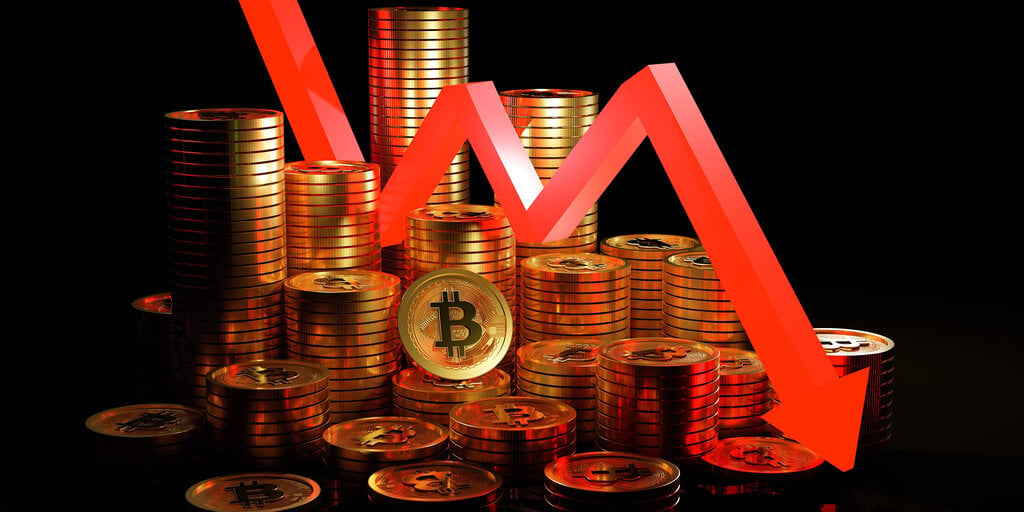Bitcoin Price Slips Below $70,000 as Volatility Rises
The value of Bitcoin fell below $70,000 in the early hours of Monday morning as market volatility surged in anticipation of the upcoming block reward halving. According to data from CoinGecko, Bitcoin is currently experiencing a 1.1% decrease, trading at approximately $69,565. Despite this decline, the cryptocurrency has risen by almost 4% over the course of the week.
Tracking Volatility Through Realized Volatility
Leading up to the block reward halving expected around April 20, a key measure used to gauge Bitcoin’s volatility has seen a significant uptick in recent days. Bitcoin’s 30-day annualized realized volatility reached a peak of 63.76% last week, and has remained above 60% as the week concluded, based on data from Glassnode. This level of volatility represents the standard deviation in returns from the mean over a set period, with higher values indicating increased price risk during that time frame.
Bitcoin’s annualized realized volatility, as shown in the chart above, has hit its highest level since August 2022, reflecting the current market conditions and uncertainty surrounding the upcoming halving event.
Contextualizing Bitcoin Volatility Ahead of the Halving
Beam CEO Andy Bromberg recently shared insights with industry publication Decrypt, attributing Bitcoin’s heightened volatility to a perceived “crisis of faith” among traders leading up to the block reward halving. Scheduled every four years, the halving event involves cutting the block reward allocated to miners in half, thereby managing the distribution of Bitcoin’s fixed supply of 21 million coins. The forthcoming 2024 halving will see mining rewards drop from 6.25 BTC to 3.125 BTC.
Historically, each Bitcoin halving has been accompanied by a surge in the cryptocurrency’s price. However, some analysts caution that this potential increase may already be factored into the market prices. A recent analysis by Coinbase highlighted that previous price rallies coincided with broader macroeconomic events such as the COVID-19 pandemic and resulting lockdown measures, which prompted extensive monetary policy easing and substantial fiscal stimulus.
The 2024 halving scenario deviates from previous patterns as Bitcoin’s value reached an all-time high ahead of the halving event. This unparalleled situation was driven by the approval of several U.S.-based spot Bitcoin exchange-traded funds (ETFs) at the start of the year. With these ETFs acquiring Bitcoin from the market and the impending halving poised to diminish the inflow of new coins, analysts perceive a potential supply shortage on the horizon—a factor that some view as a bullish signal as the halving date approaches.
Image/Photo credit: source url




